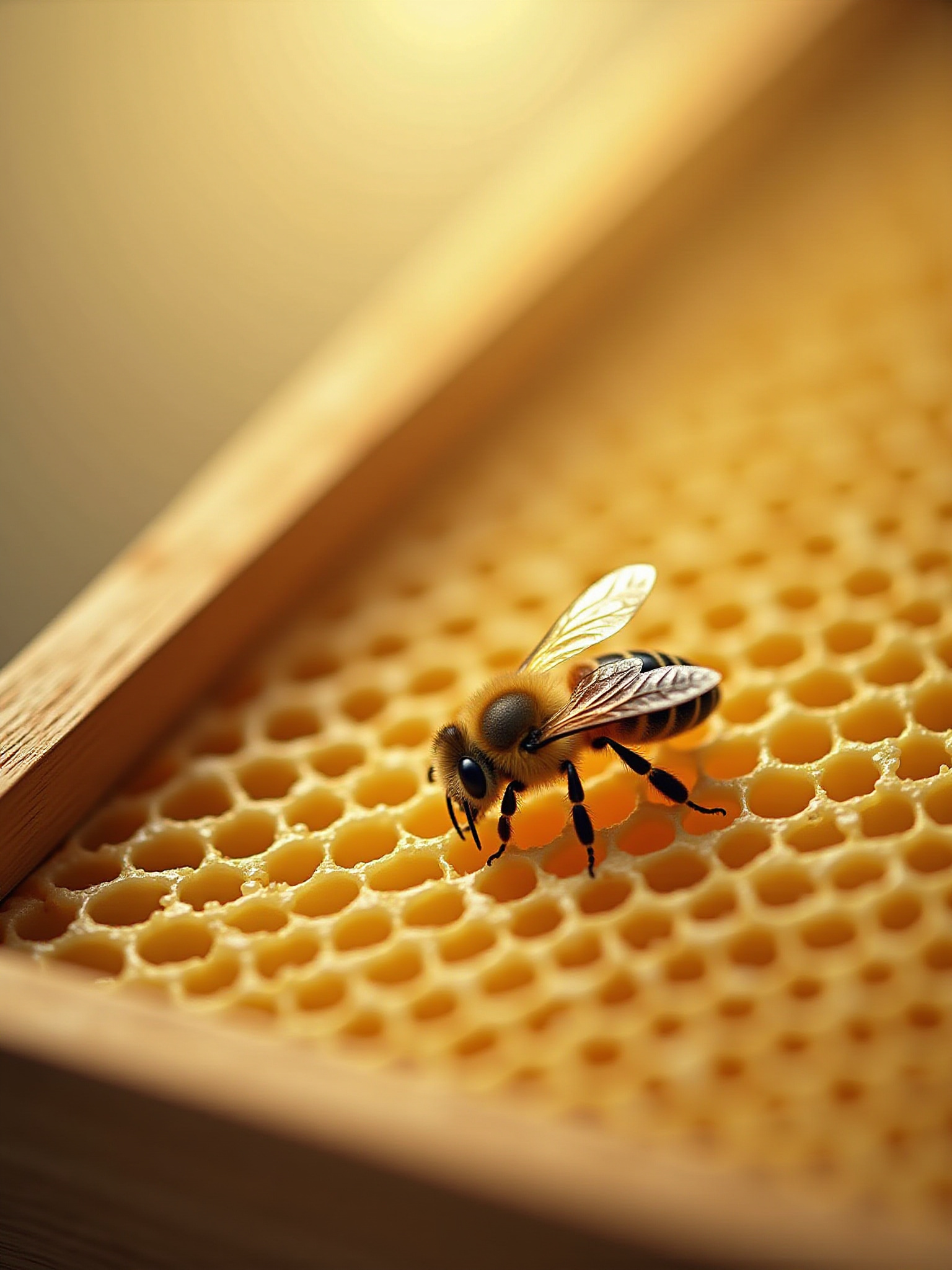Create a Buzz with Knowledge
A Dependable Supplier for Buying Okanagan Nucs in Kelowna BC
Season 2026
At Okanagan Bee Farm, we aim to enrich your beekeeping knowledge while providing top-notch bee Nucs, drawing from over 20 years of experience.
NOTE: We are not open to the public for tours and do not sell honey

Passion for Beekeeping
Our family has lived in the Okanagan for 42 years and we have had a small farm for about 30 of those. We became interested in bees 21years ago and have been involved with them ever since. Bee farming has become a bit of a passion for us and we enjoy it immensely. We have educated ourselves through courses, avid reading, studying and trial and error. Chris has also served two terms as president of the North Okanagan Bee Keepers Association.
Honey production was our first priority but as years went by, we now find we are really more interested in bee rearing. We are full supporters of sustainable beekeeping and use organic practices in our program. We take a very personal interest in our endeavors and work diligently to produce healthy strong bees.
We are a very small operation that specializes in producing nucs (nuc = short for nucleus which is a small hive). We produce about 100 nucs per season and breed and rear all of our own Queens on our farm. Because of this smaller production we feel that we have more time to produce, in the end, a healthier hive.
We never use the conventional harsh chemical miticides and never feed antibiotics prophylactically. We keep the mite load down by using our own management techniques (including IPM-integrated pest management).
If chemicals become necessary, we then use the “soft chemicals” such as formic acid and oxalic acid. Both are found in their natural state in plants like rhubarb and spinach as well as in insects such as ants.
We try not to stress the bees by monitoring nectar and pollen flow and supplementing their diet as needed. Sustainable beekeeping is our goal.
Chris Boulanger & Marilyn Cherot


All nucs are sold with queens we have reared on our own farm. Your bees will be placed in a cardboard travel nuc box which is included in the price
Overwintered Nucs (Standard Deep Frames )
$340.00
Available in early May. Includes 3 frames of brood, 1 frame of nectar/honey. These nucs are headed by an overwintered Queen. This means the Queen has proven herself and should perform at her best in the second year. Please note these nucs are in a limited supply.
5